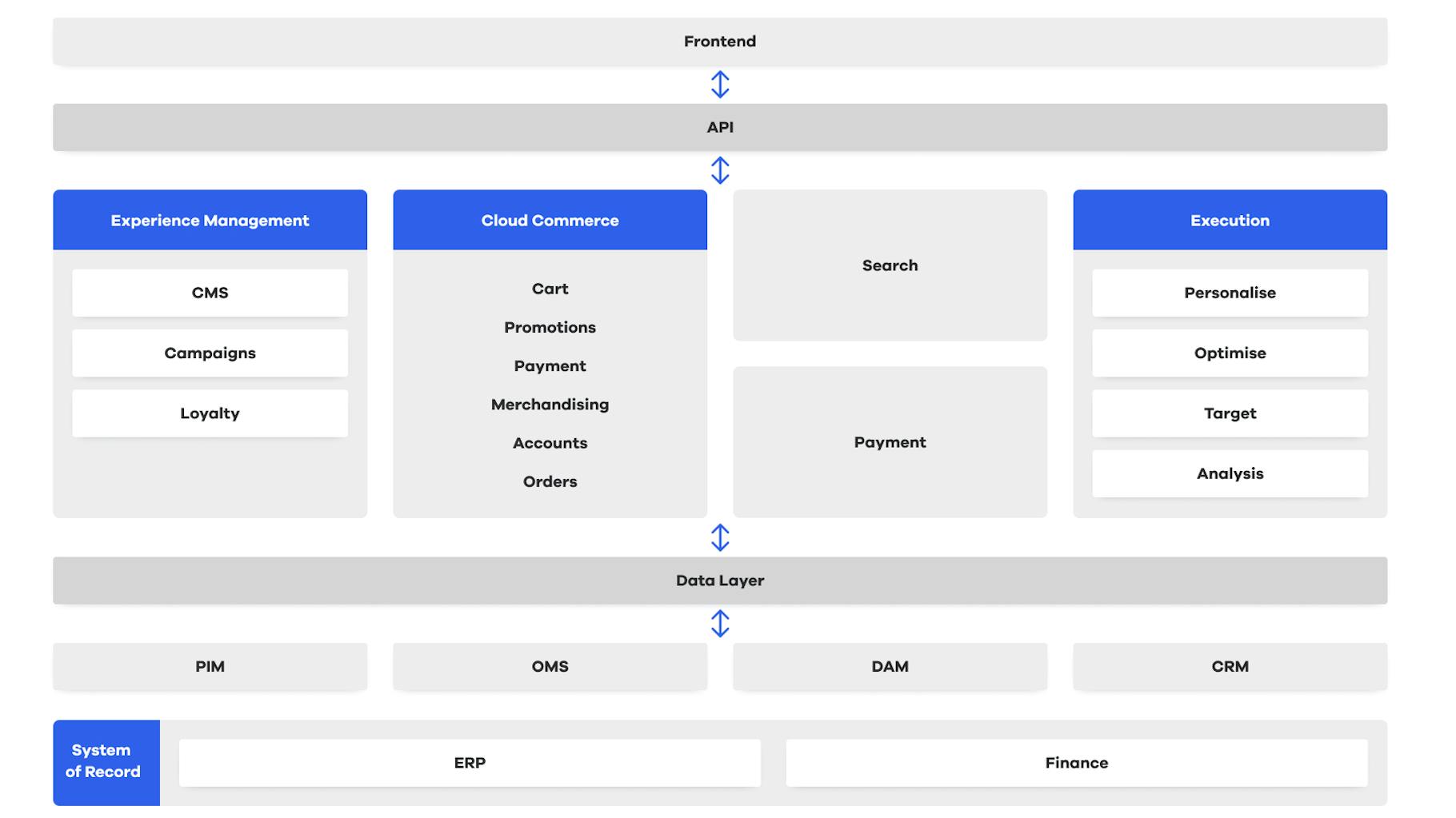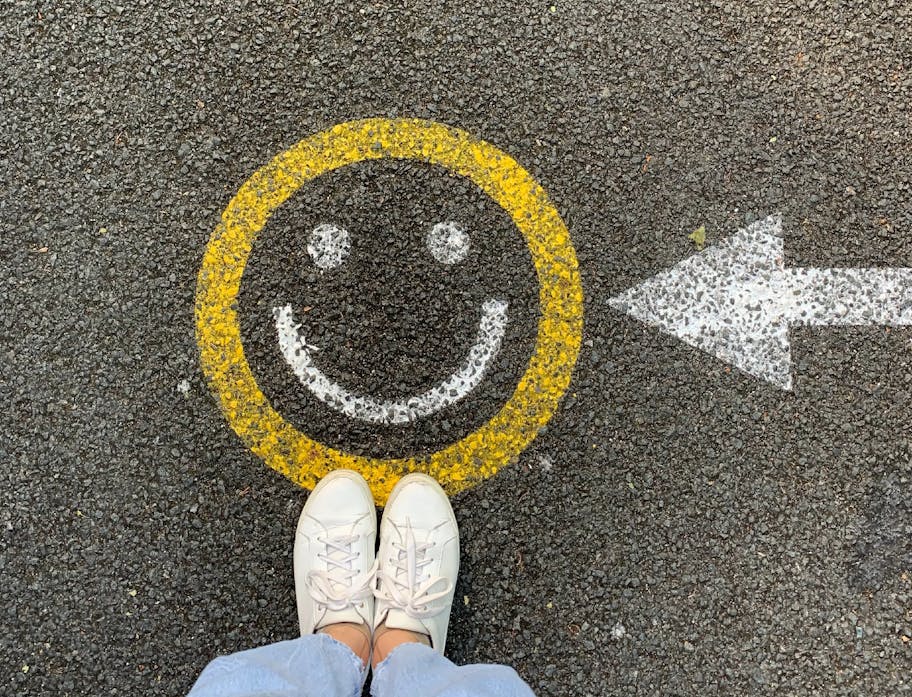Composable Commerce: The Whole Story

There are many shops worldwide that decided to go with composable commerce. Suppose we need to offer one answer that sums up all those people and their expectations of composable commerce. In that case, it's the greater flexibility and scalability in the development, and easy maintenance of an e-commerce platform.
But, one of the key benefits is that composable commerce allows different platform parts to be developed, updated, and scaled - independently.
In this article, we will thoroughly explain the connection between composable commerce and microservices, which are independent, modular units of functionality.
Actually, microservices that can be developed, tested, and deployed independently, make all the changes in an easy approach of maintaining the platform updated at all times.
Definition
Defining and explaining the composable commerce
If we have to sum up everything composable commerce is in one sentence, we’ll go with: “A development approach where the picking of best-of-breed commerce components (PBCs) is needed in order to combine them into a website built to fulfill the particular business needs.”
The success of a composable commerce project surely lies in composed Packaged Business Capabilities or PBCs. Each PBC will be a feature or capability of the application. PBCs are usually third-party software components that will be bought while creating the application.
The easiest way to understand why composable commerce needs PBCs, usually from the start, is their use. For example, a PBC is a shopping cart for our eCommerce website, or a checkout component necessary for an online shop.
Since composable commerce can be labeled as a strategy for selecting PBS, we need to mention that it leverages modern technologies and approaches like MACH (Microservices, APIs, Cloud, and Headless) and Jamstack (JavaScript, APIs, and Markup).
If we imagine composable commerce as a solution where all parts of it come from different vendors and are built for a single purpose, we can finalize this introduction by concluding that composable commerce is undoubtedly a better choice than a one-vendor and one-size-fits-all eCommerce website. Why? Because of endless possibilities. And the modern digital world needs (and expects) all possibilities at all times.

Composable Commerce
How is composable commerce different from traditional commerce?
Are composable commerce and headless commerce the same thing?
Headless commerce and composable commerce are similar in that they both involve decoupling the front-end and back-end of an e-commerce platform.
In headless commerce, the front-end and back-end are completely separate, so the front-end can be built using any technology and can be easily changed without affecting the back-end. This allows for greater flexibility and customization in the design of the storefront.
Composable commerce is similar, but it takes this concept a step further by allowing the front-end and back-end to be composed of microservices, which are independent, modular units of functionality. This allows different parts of the platform to be developed, updated, and scaled independently, resulting in a more flexible and scalable e-commerce platform.
In short, headless commerce involves separating the front-end and back-end of an e-commerce platform, while composable commerce involves breaking the platform down into smaller, independent microservices.
What is the difference between modular and composable commerce?
Yes, modular commerce and composable commerce are similar. They both involve breaking down an e-commerce platform into smaller, independent units of functionality.
But, modular commerce involves dividing the platform into larger, more cohesive modules that can be developed and maintained independently. These modules can be considered as large "building blocks" that can be combined to create a complete platform.
Composable commerce, on the other hand, involves breaking the platform down into even smaller units of functionality known as microservices. These microservices are independent and can be developed, tested, and deployed independently. This allows for even greater flexibility and scalability, as different parts of the platform can be easily customized and updated without affecting other parts of the system.Beim Composable Commerce hingegen wird die Plattform in noch kleinere Funktionseinheiten, sogenannte Microservices, unterteilt. Diese Microservices sind unabhängig und können individuell entwickelt, getestet und bereitgestellt werden. Diese ermöglichten eine noch größere Flexibilität und Skalierbarkeit, da verschiedene Teile der Plattform leicht angepasst und aktualisiert werden können, ohne andere Teile des Systems zu beeinträchtigen.
Example structure with microservices


Various headless services combine to create a flexible environment.
Going over the Packaged Business Capabilities (PBCs) in detail
Definition PBCs
As we mentioned in the chapter above, Packaged Business Capabilities are the building blocks of Composable Commerce, used to create the commerce solution for particular business needs.
PBCs are, to be precise in tech language, applications or services created by developers to fit and serve a particular function.
Using API (Application Programming Interface), PBCs “glue” all these picked services together, creating a website with a neat workflow and almost no need for extensive back-end management.
Difference between PBCs and Microservices
Let us explain the first thing first: microservices are not PBCs.
Microservices are autonomous services created to build various PBCs. Therefore, PBCs can be defined as a combination of microservices. Combined microservices have a role to finish a particular task of the PBC, and combined PBCs are composable commerce platforms. We know you got it now.
MACH: Microservices, API-first, Cloud-native and Headless Development
MACH is a software architecture style built on concepts of Microservices, API-first, Cloud-native and Headless development. If we break this definition apart, we will learn that:
Benefits of Composable Commerce
Many benefits and many articles cover all the benefits of compostable commerce. But, in order to be practical and informative, we made a list of the top 10 benefits:
01: Greater flexibility
02: Improved scalability
03: Enhanced security
04: Faster deployment:
05: Easier maintenance
06: Improved reliability
07: Increased agility
08: Better user experience
09: Enhanced interoperability
10: Lower costs
Disadvantages of composable commerce
If we're being honest, the e-commerce platform, as any other platform, has advantages and disadvantages. To place relevant information in this article, we're listing out all the challenges of embracing composable commerce:
01: Complexity
02: Integration
03: Testing
04: Documentation
05: Expertise
06: Cost
Why are modern brands choosing composable commerce?
How to start with composable commerce?
There are a few key steps we recommend when starting with composable commerce:
- Identify the types of your products that are suitable for composable commerce. These are typically products with many possible configurations or customization options, such as computers, cars, or furniture.
- Determine the component parts or modules customers can choose when creating their customized products.
- Offer a set up system for customers to select and assemble their desired components or modules. This can be done through a website, app, in-store kiosks or sales associates.
- Implement a system for managing inventory and production of customized products. This will involve keeping track of the availability of different components or modules and coordinating the production and delivery of the finished product.
- Learn how to promote the composable commerce offerings to customers and educate them on the benefits of customizing their products.
Why is composable commerce a game changer?

Your contact for Composable Commerce

Susann Höpel
Consultant Digital Projects





